Alloy Strips Materials HS Codes
Alloy Strips Materials HS Codes Resources
Not know which HS code could be used for alloy strips when import from China. Click here and learn more about details from this source page. Stay with us!
1.Stainless Steel Strips HS Codes:
To find out the detailed HS code of related stainless steel strips, you need to determine the specifications and applications of the stainless steel strips.
The following are the part of stainless steel strip HS code:
- 7220202000——Cold rolled stainless steel strip with thickness below 0.35mm (also used for stainless steel foils with 0.01mm to 0.1mm thickness)
- 7220203000——Cold rolled stainless steel strip with thickness from 0.35mm to 3mm
- 7220204000——Cold rolled stainless steel strip of a thickness 3mm or more, and width less than 600mm
2.Nickel Alloys Strips HS Codes:
The following are the part of nickel based alloys strips HS code:
- 7506200000 ——Nickel plates, sheets, strip and foil of nickel alloys
- 7506100000 ——Nickel plates, sheets, strip and foil of pure nickel, not alloyed
3.Copper Strips HS Codes:
The following are the part of copper strips HS code:
- 7409111000 ——Refined copper plates, sheets and strip, of a thickness exceeding 0.15mm ,containing oxygen not exceeding 10 PPM, in coils
- 7409119000——Other refined copper plates, sheets and strip, of a thickness exceeding 0.15mm
4.Aluminum Strips HS Codes:
The following are the part of aluminum strips HS code:
- 7606910000 ——Aluminium plates, sheets and strip, of aluminium, not alloyed , not rectangular, of a thickness more than 0.2mm
5.Titanium Strips HS Codes:
The following are the part of titanium strips HS code:
- 8108903100 ——Plates, sheets, strip and foil, made of titanium metal,-of a thickness not more than 0.8mm
More Resources
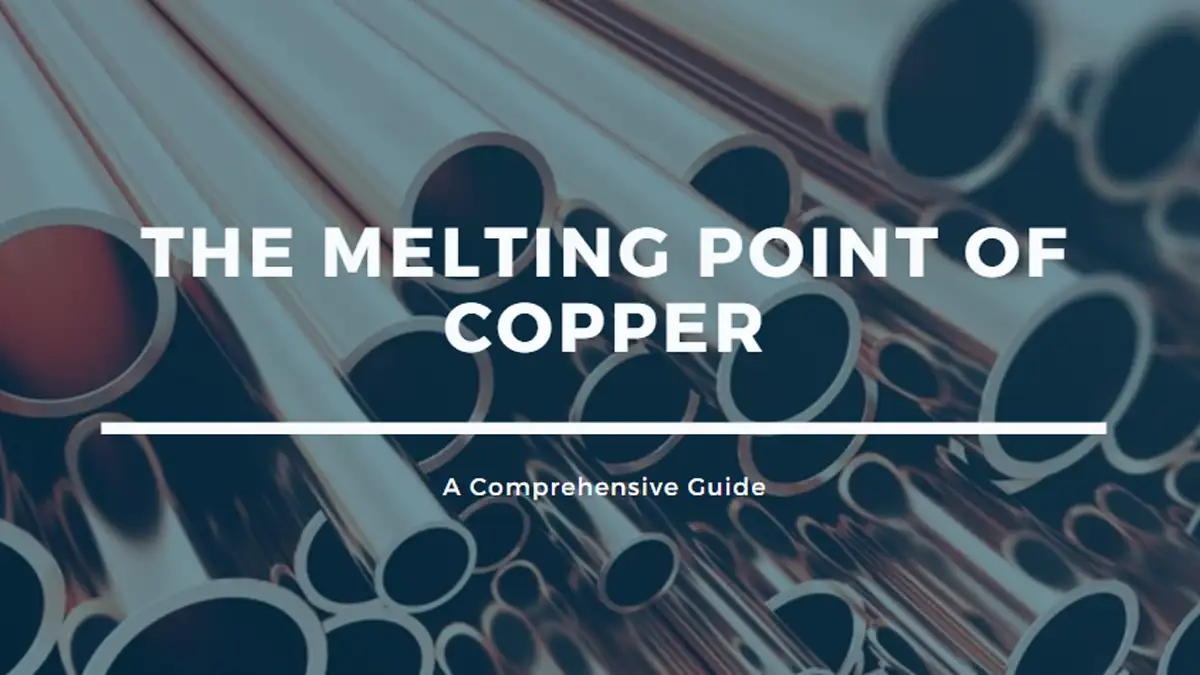
The Melting Point of Copper: A Comprehensive Guide
Copper is a very versatile material commonly used for industrial and domestic purposes. Copper and its alloys also play a vital role in various products due to their excellent corrosion resistance, strength, formability, and thermal and electrical conductivity. Copper is easily weldable by arc gas and resistance welding techniques. Generally, copper is used in electrical
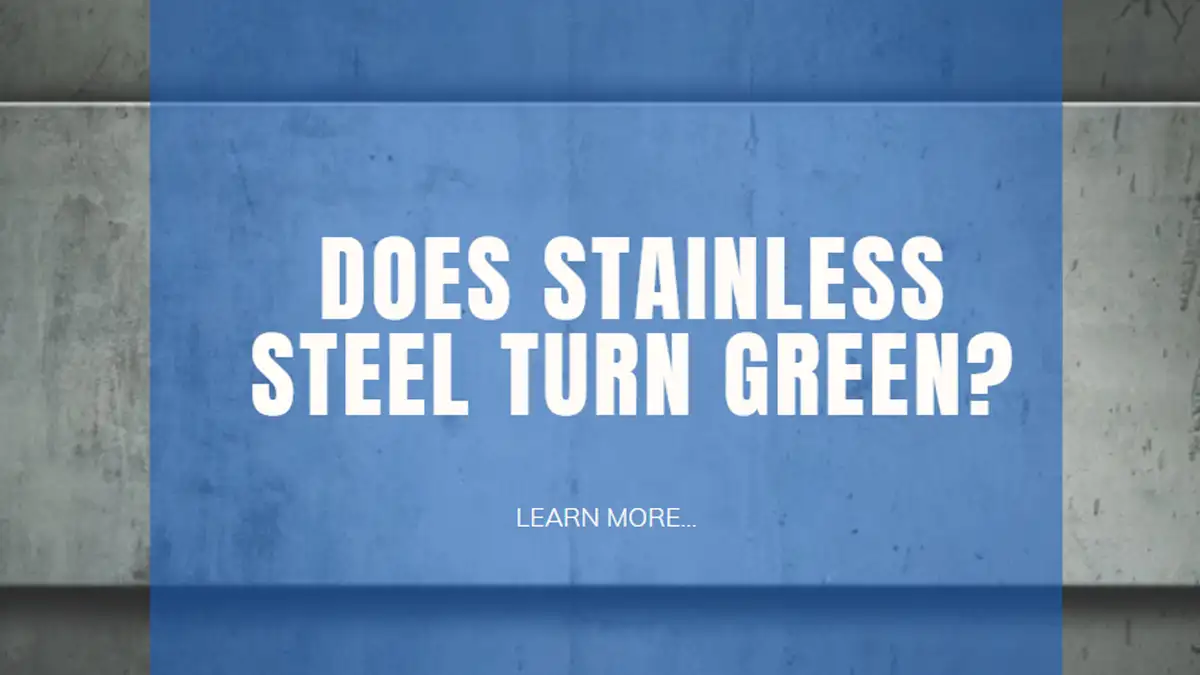
Does Stainless Steel Turn Green?
Stainless steel is a very well-known material most people use this material in daily life. Stainless steel is used in several applications due to its outstanding strength, durability, and corrosion resistance properties. Stainless steel has a minimum of 10.5% chromium in its composition along with iron, nickel, chromium, and carbon. Along with the properties of
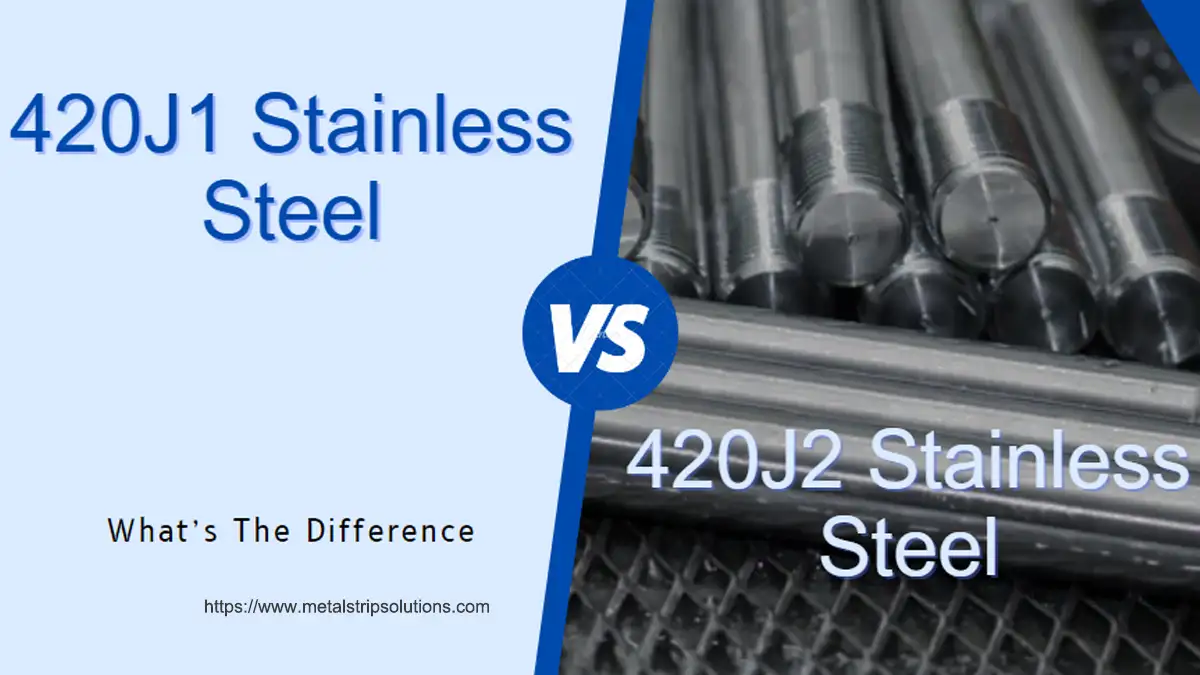
420J1 Vs. 420J2 Stainless Steel: What’s the Difference
Generally, grade 420 belongs to the martensitic stainless steel family. The grades of the martensitic family got their hardness from heat treatment processes such as quenching. 420J1 and 420J2 grades also get their hardness by heating at high temperatures and then quenched in oil or open air. The carbon concentration mostly determines the highest quenched
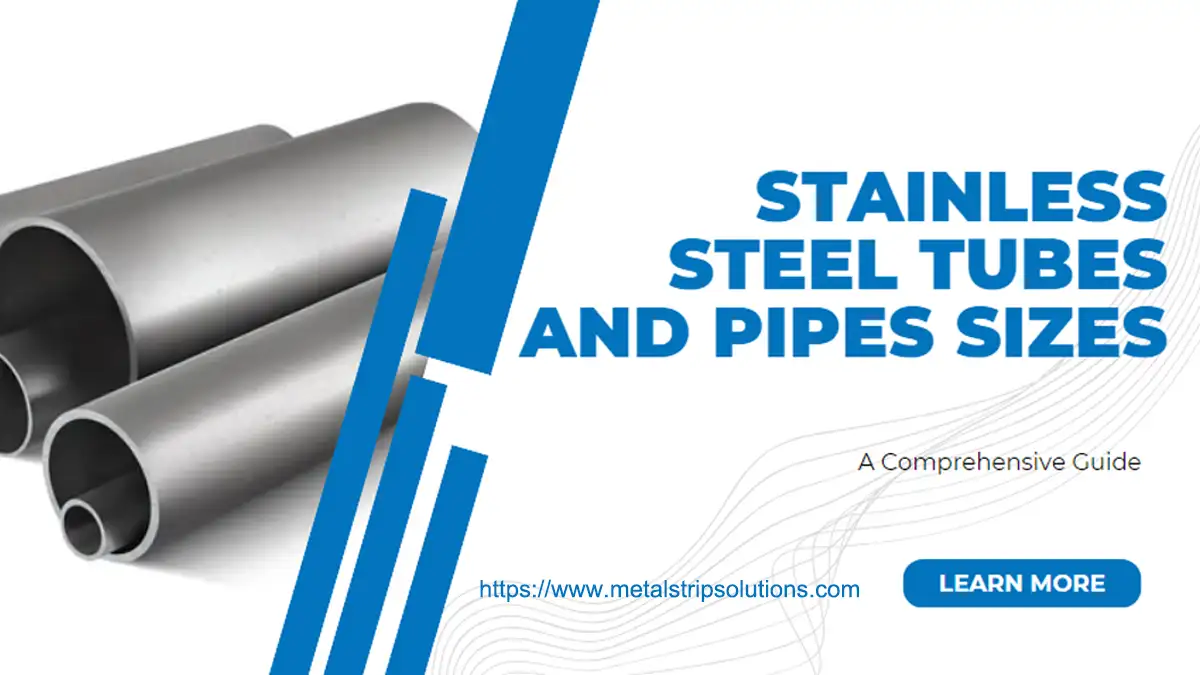
Stainless Steel Tubes and Pipes Sizes: A Comprehensive Guide
The stainless steel tubes and pipes are good materials due to its high strength, corrosion resistance, and ease of welding and fabrication. Due to its high strength, stainless steel tubes and pipes are widely used in the manufacturing and industry fields. When considering the dimensions of stainless steel tubes and pipes, you’ve arrived at the

What is Incoloy 825 Alloy?
INCOLOY® alloy 825 (UNS N08825 / W.Nr. 2.4858) is a nickel-iron-chromium alloy enriched with molybdenum, copper, and titanium. The alloy’s chemical composition is meticulously formulated to impart exceptional resistance to a wide range of corrosive environments. Adequate nickel content ensures resilience against chloride-ion stress-corrosion cracking. The synergy of nickel, molybdenum, and copper imparts remarkable resistance
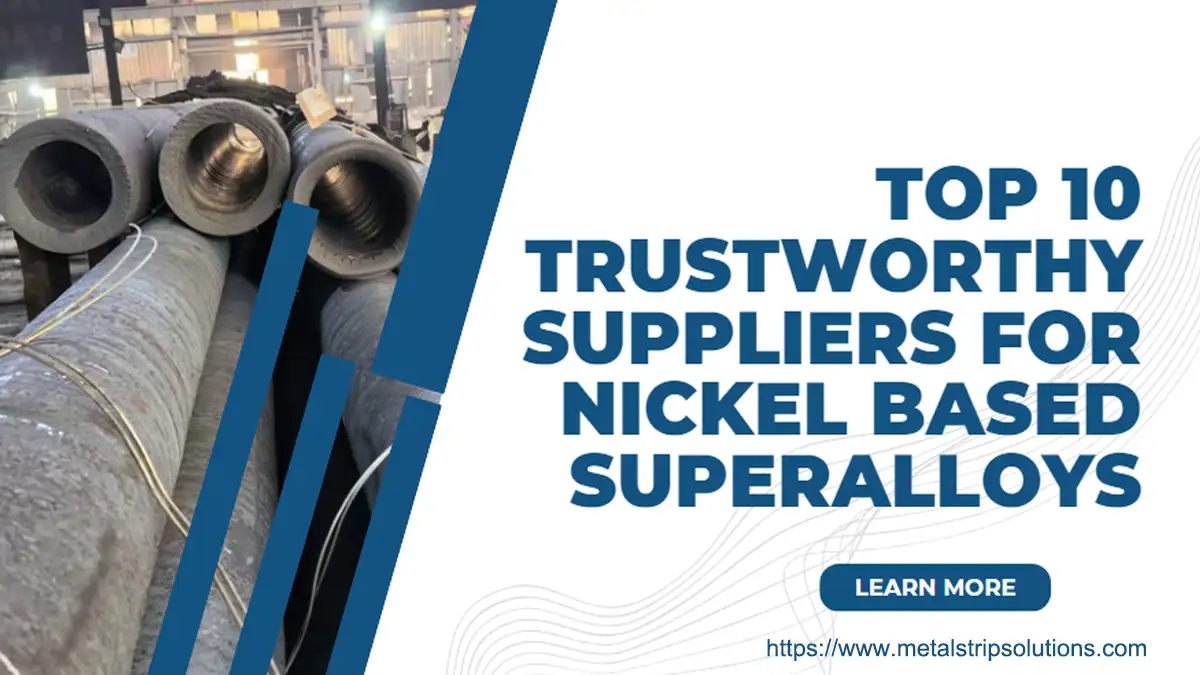
Top 10 Trustworthy Suppliers for Nickel Based Superalloys
Nickel-based superalloys are extensively utilized and play an indispensable role in various industries such as aerospace, petrochemical, and marine. Typically categorized by their compositions, common nickel-based superalloys include Monel alloys, Inconel alloys, Incoloy alloys and Hastelloy alloys. If you’re considering procuring top-notch nickel-based superalloy products from leading global suppliers, this article is tailored for you.











